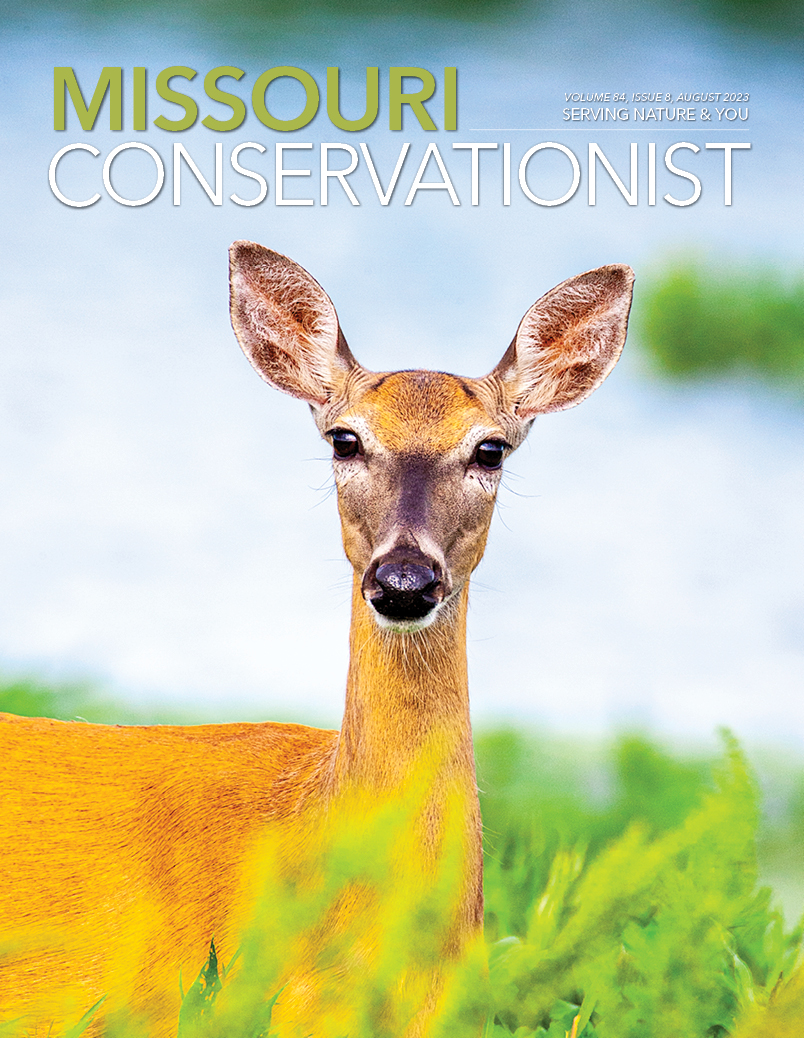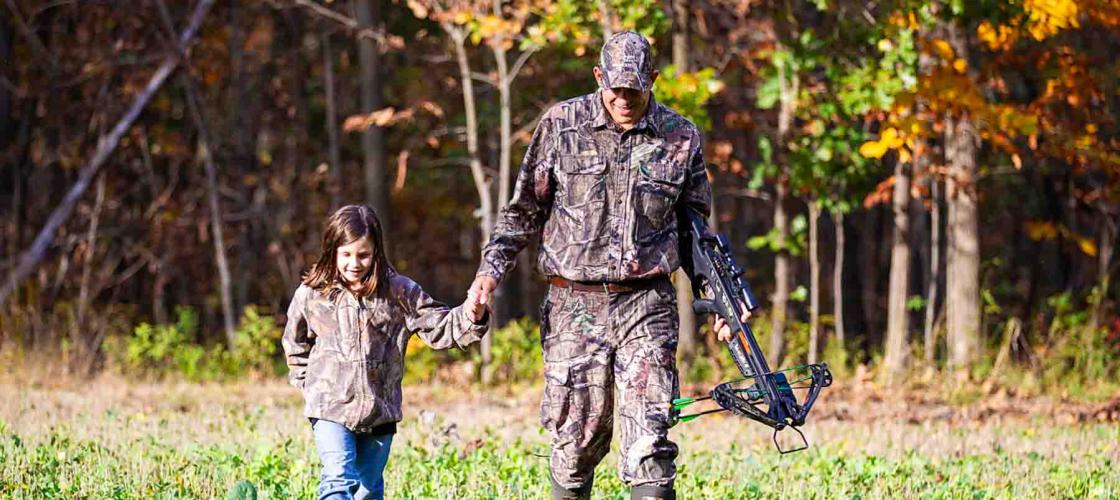
The battle to protect Missouri’s deer and elk herds from fatal and infectious chronic wasting disease (CWD) is ongoing, but deer biologists and wildlife health professionals are optimistic. The state’s deer population remains healthy thanks to a mix of science-based management and enormous in-the-field efforts by MDC staff, partners, hunters, and landowners. Although CWD cases were found in several new locations during the past hunting seasons, persistence in using science-based surveillance and management tools is paying a key dividend. Prevalence of the disease, the percentage of the deer population infected with CWD, remains low.
“Despite CWD being detected more than a decade ago in Missouri, this past season, only a quarter of one percent of hunter-harvested deer that were sampled tested positive,” said Deborah Hudman, MDC wildlife health program supervisor. “That is a testament to our extensive CWD surveillance program, which is designed to detect the disease as early as possible in new areas, and our on-the-ground management efforts designed to slow its spread.”
Partnerships are key. From July 2022 to April 2023, MDC tested more than 33,000 deer and only found 118 positive CWD cases. Most of these were hunter harvested, brought by hunters to mandatory sampling stations in the CWD Management Zone during the opening weekend of the regular firearms season, or to voluntary sampling spots such as freezer drop-offs for deer heads. Some CWD positives were from samples submitted by partnering taxidermists and meat processors, while others were from deer removed by MDC staff or landowners during winter targeted culling operations in hotspot areas within 2 miles of where positives have been found. In fact, 41 of the 118 CWD-positive deer this past year were removed during targeted culling. Knowing where the disease is present and using the established hunting season and localized management, like targeted culling, is removing CWD-positive deer from the landscape and reducing deer herd size in localized areas to slow the spread of the disease.
The Good Numbers
“Although CWD has been detected in over 30 Missouri counties, the percentage of deer infected with the disease remains low in areas where it exists,” said Jason Isabelle, MDC cervid program supervisor. “This is a good thing because it means that the disease has not gained a strong foothold in these areas. Although it isn’t likely that CWD can be eliminated from most of the areas in Missouri where it has been found, the low infection rates indicate that the spread of CWD can be slowed significantly by continuing to conduct localized management in these areas.”
CWD is always fatal to cervids, such as deer and elk. The disease damages nervous system tissue, including the brain. In early stages, infected animals do not show symptoms but can transmit the disease. CWD is caused and transmitted by infectious prions, misshaped cellular proteins. The disease can be transmitted by direct animal to animal contact, and prions — shed by deer in saliva, urine, or feces — can persist in the environment and infect deer. MDC restricts the transportation of hunter-harvested deer carcasses from CWD Management Zone counties, and from other states, because that is one way the disease can be moved to new areas.
There has been no reported cases of CWD infection in people. But the Centers for Disease Control and Prevention recommends that as a precaution, hunters not consume venison from animals that test positive for CWD.
Science at Work
Science is working toward better testing methods to detect the disease. Currently, lymph nodes are taken from dead deer for testing. But MDC staff and researchers at the University of Missouri-Columbia are conducting research for more efficient methods. That’s part of other national research projects on CWD and worldwide research on the category of diseases known as transmissible spongiform encephalopathies, of which CWD is one. Hudman and Isabelle attended an international symposium in May with the theme, “Overcoming Barriers to Control CWD.”
“Through a partnership with the University of Missouri, our staff is engaged in a research project to develop a new CWD testing platform able to detect small amounts of CWD prions in blood,” Hudman said. “Detecting CWD through blood would allow us to test live animals. This would provide a useful tool for disease management in farmed cervid populations.”
But for now, sampling lymph nodes for the disease is continuing to allow MDC to detect CWD early where it exists. Additionally, using targeted culling close to where CWD has been detected is proving to be effective in slowing the spread of the disease and keeping infection rates low. Targeted culling is a proven method to slow the spread of CWD and is used by several states to manage the disease. Culling deer is only done on private property when landowners give permission.
“Removing CWD-positive deer during targeted culling eliminates the ability of these animals to interact with other deer and spread the disease,” Isabelle said. “Removing deer that do not end up testing positive for CWD is also beneficial because it lowers deer numbers in affected areas and slows the rate of disease transmission.”
How Hunters Can Help
Hunters can help by harvesting deer, participating in CWD testing programs, and following regulations designed to slow the spread of CWD. The Missouri Conservation Commission approved regulation changes for the 2023–2024 deer hunting season that are designed to help stabilize Missouri’s growing deer population. Additional hunting opportunities will also be provided in CWD Management Zone counties to increase deer harvest to slow the rate of CWD spread. MDC has also expanded the CWD Management Zone to account for detections in new counties last year.
“All counties in which CWD has been detected and those within 10 miles of a CWD-positive detection are included in the CWD Management Zone,” Isabelle said. “In CWD Management Zone counties, there are several regulation changes that are implemented to slow the spread of CWD and minimize the chances of the disease being introduced to new areas.”
They include:
Feeding deer is prohibited (with some exceptions) to minimize chances of CWD spread through direct deer-to-deer contact and contact with infectious CWD prions shed by deer at feeding sites.
Deer carcass transportation restrictions are implemented to minimize the chances of deer being transported improperly and spreading CWD to new areas.
MDC also rescinds the antler-point restriction (APR) in CWD Management Zone counties to allow harvest of young antlered male deer, which are the most likely to disperse from the area in which they were born and therefore the most likely to spread CWD.
Mandatory sampling also occurs annually in select CWD Management Zone counties to help MDC find new areas of CWD infection as soon as possible so that management can be implemented to slow the disease spread.
Flexible Management
Some regulation changes for the 2023–2024 deer hunting season also reflect MDC biologists’ desire to increase deer harvest in some counties to help keep the state’s deer herd in a sustainable balance. Surveys of stakeholders, such as hunters and agricultural producers, are used annually to help maintain deer numbers at socially acceptable levels. The goal of MDC’s deer program is to use science-based wildlife management to maintain a biologically and socially balanced deer population that provides recreational opportunity, minimizes deer conflicts with people, and maintains ecosystem health.
“Stakeholder input is critically important to managing Missouri’s deer population,” Isabelle said. “In most counties, based on stakeholder input, deer numbers exist at desirable levels. However, deer numbers are also increasing in most counties.”
Isabelle noted that if efforts are not taken to increase antlerless deer harvest to stabilize the growing population, deer numbers could soon exceed desired levels. Increasing deer harvest in CWD Management Zone counties is also beneficial from a disease management standpoint.
“We know that higher deer numbers can increase the rate at which CWD spreads,” he said. “Increasing deer harvest in the CWD Management Zone will help to minimize the effects of the disease on the state’s deer population.”
Some of the changes:
In 100 of Missouri’s 114 counties, there will be a new early antlerless portion of firearms dear season Oct. 6–8.
For counties in the CWD Management Zone, there will be a new CWD portion of firearms deer season Nov. 22–26. Hunters will be able to use any unfilled firearms deer hunting permits. They must abide by the statewide limit of one antlered deer during firearms deer season and by county-specific firearms antlerless permit numbers.
MDC has increased the number of firearms antlerless permits that a hunter can fill from two to four in 85 counties. Also new, hunters will be able to fill one firearms antlerless permit in Butler, Carter, Scott, and Wayne counties.
Qualifying resident landowners may each receive two resident landowner firearms antlerless deer hunting permits in Reynolds County.
A Precious Resource
Deer hunting contributes more than $1 billion annually to Missouri’s economy. It’s also a source for healthy food and health-boosting outdoor recreation for Missourians. Deer hunting is a beloved bonding tradition for families and friends. Deer are also among the state’s most popular watchable wildlife for people who enjoy nature and healthy ecosystems.
To take no action to manage CWD would put the state’s deer population at great risk. In other states that have been unable to take aggressive action to monitor and manage the disease, infection rates are far higher. In the long run, if left unchecked, CWD can drastically reduce both quality and quantity of the state’s deer herd. If CWD infection rates increase dramatically, hunters would see less deer and fewer older deer.
“By continuing to test deer, monitoring spread of the disease, and applying management like targeted culling, we are doing all that we can to slow the spread of CWD and minimize its impacts on Missouri’s deer population,” Isabelle said.
Continued help from hunters, landowners, taxidermists, and deer processers is critical to success. Their help makes it possible for the extensive annual investments MDC is making in staff work hours, equipment, and testing to be successful in limiting the disease.
“Even in areas where we’ve had the disease the longest, the percentage of the deer population that is infected remains low,” Isabelle said. “Although this is good news, it is not justification for a passive approach to management, quite the opposite. Now is the time to act and to act aggressively. We cannot wait for the disease to become more widely established or for a higher percentage of the deer population to become infected before we attempt aggressive management. By then, it will be too late. We must sustain the efforts that we’ve employed thus far. The stakes are too high to do anything else.”
Deer Hunting Seasons Ahead
Missouri has a healthy deer herd, and a variety of hunting opportunities await in the seasons ahead. Hunting starts with an archery season opening Sept. 15, which closes during the November portion of firearms deer season, then resumes until Jan. 15. In between those dates are antlerless portions, special youth and CWD portions, and an alternative methods portion.
For a complete overview, visit short.mdc.mo.gov/Zjw for the 2023 Fall Deer & Turkey Hunting Regulations and Information booklet. This booklet is also available in printed form at MDC public offices and in retail stores where hunting permits are sold. The booklet has complete information on seasons and regulations. Also, the booklet has comprehensive information pertaining to the CWD Management Zone, mandatory sampling in portions of the zone during opening weekend, and special regulations to limit CWD spread.
To learn more about white-tailed deer in Missouri, visit short.mdc.mo.gov/ZvC.
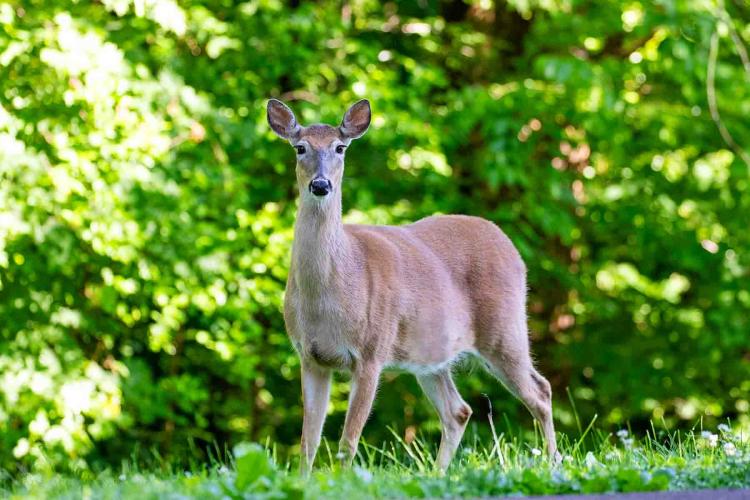
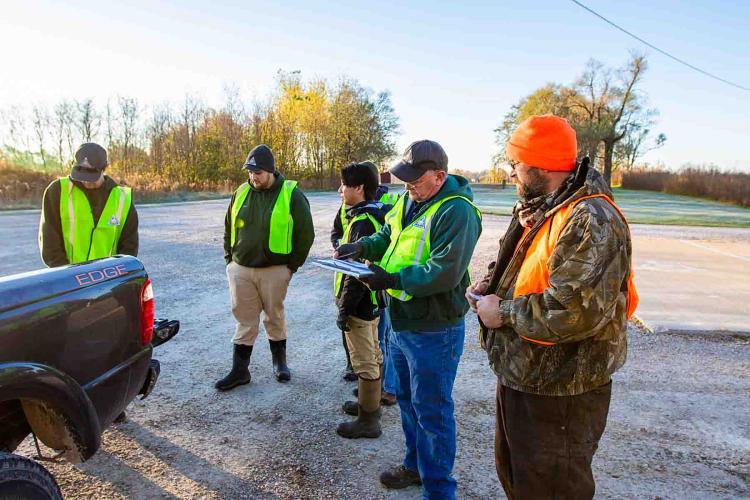
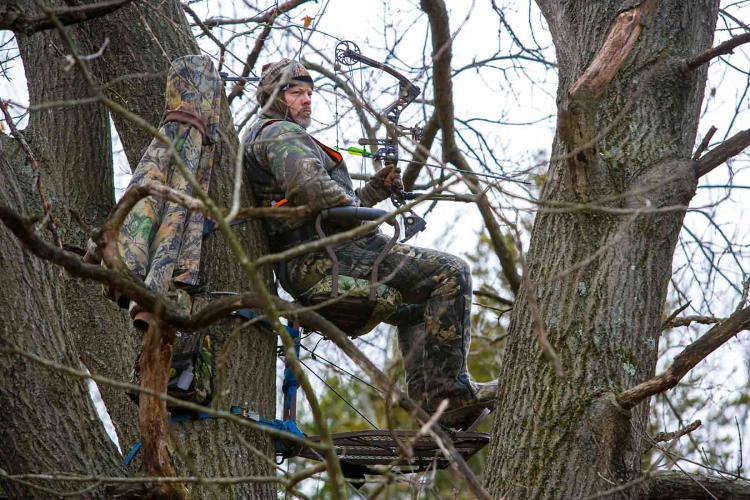
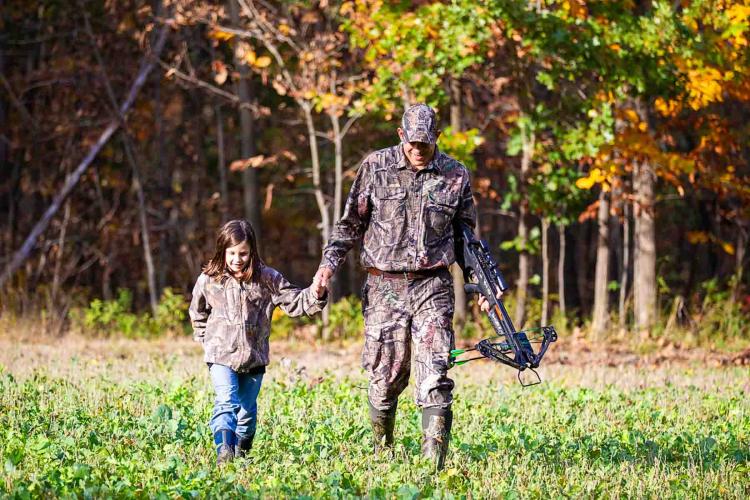

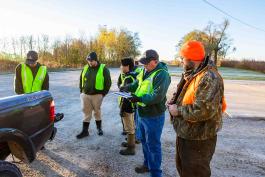
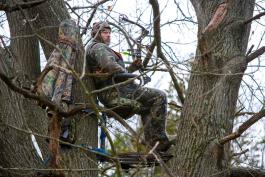
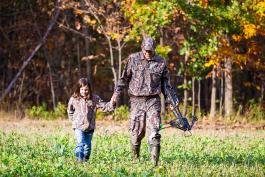
Also In This Issue
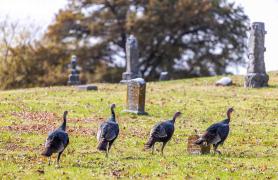
Three iconic cemeteries offer oases for wildlife and people in the urban core of St. Louis
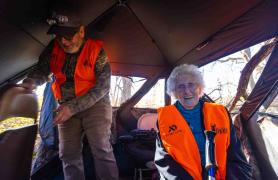
Nursing home residents get another shot at deer hunting.
And More...
This Issue's Staff
Editor - Angie Daly Morfeld
Associate Editor - Larry Archer
Photography Editor - Cliff White
Staff Writer - Kristie Hilgedick
Staff Writer - Joe Jerek
Staff Writer – Dianne Van Dien
Designer - Shawn Carey
Designer - Marci Porter
Photographer - Noppadol Paothong
Photographer - David Stonner






















